Month: October 2018
METHKOOT
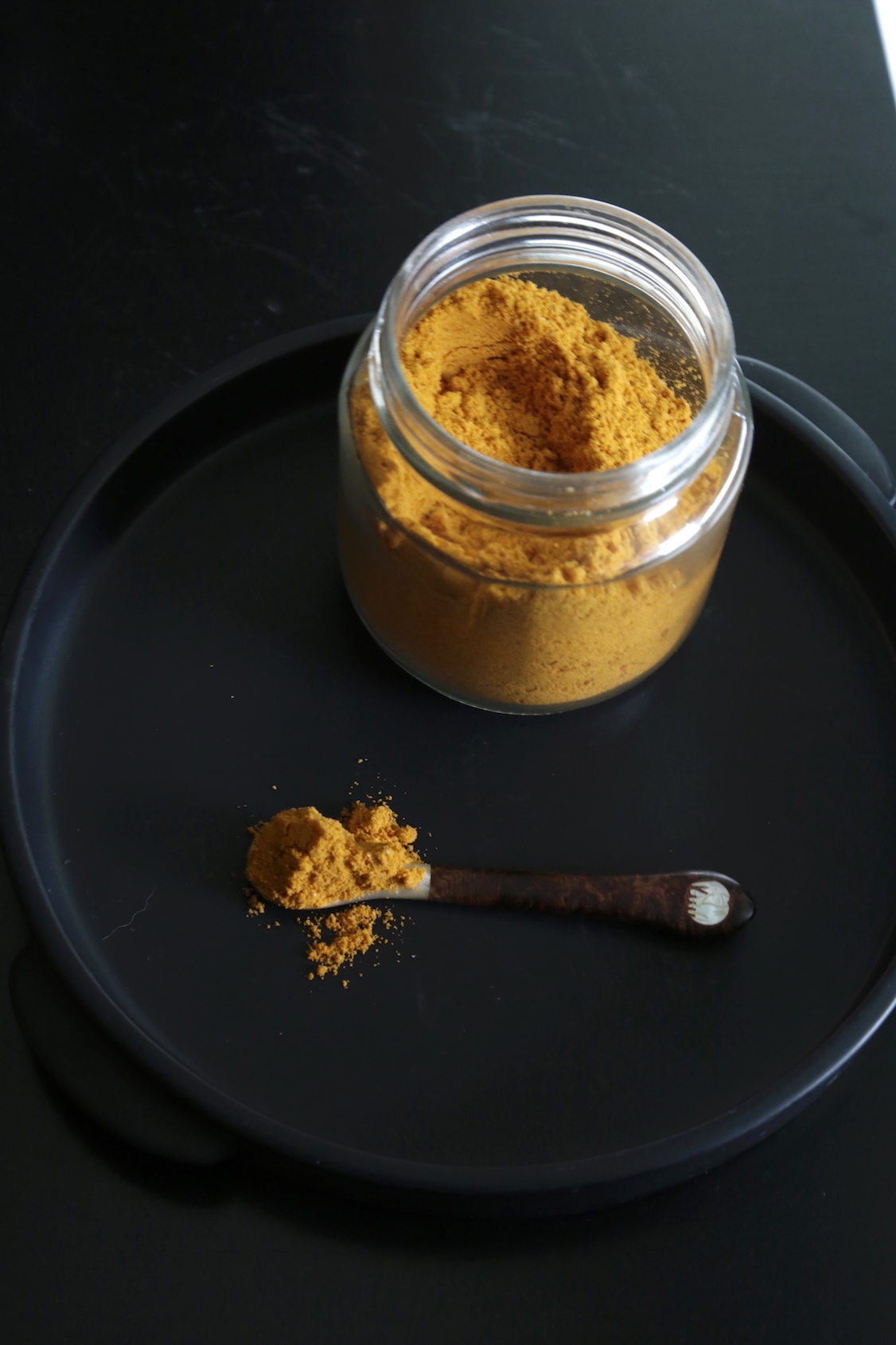
Methkoot is a classic semi- dry spice mix from Maharashtra with a long list of ingredients. Methi- refers to dried fenugreek seeds, which is the main flavour of this spice mix and koot in Marathi mean ground or powdered mix.
Methkoot contains no coconut, garlic or onions and is traditionally eaten with steaming hot rice and ghee, with white butter and poles or thalipeet or served as a condiment in a thali.A flavourful combination of roasted lentils, grains and spices you can also mix it into clam fritter batter, Karwari sambhar lentils I also add it to dals, sautéed vegetables, yogurt and even pea and potato pattice while kneading the potatoes.
The ingredients of methkoot must be dry and at room temperature when they are ground. If you must wash your lentils, rice and wheat be sure not to soak them and to drain and dry them throughly before roasting them. I buy my grains commercially packaged is I can avoid washing them.
Methkoot refrigerated can keep for 6-8 months.
Methkoot is said to aid digestion and if an old housewives tale is to be believed boosts the immunity system.
INGREDIENTS FOR APPROX 2 CUPS
GRAINS AND LENTILS
1⁄2 cup raw, milled wheat grains, 1⁄2 cup raw, short or medium-grained rice, washed and completely dried ,2 tsp husked, split Bengal gram or chana dal 2 tsp husked, split moong beans or moong dal 2 tsp husked, split pigeon peas or toover/arhar dal 2 tsp urad dal
SEEDS AND SPICES
1 tsp white sesame seeds, 2 tsp coriander seeds, 2 tsp cumin seeds, 1 tsp fenugreek seeds 1⁄2 tsp turmeric powder, 1⁄4 tsp white pepper powder, 6 dried red Byadgi or Kashmiri chillies, stalks and seeds removed
FOR TEMPERING
1 tbsp vegetable oil 1⁄2 tsp mustard seeds 1⁄4 tsp asafoetida powder
TO SEASON
2 tsp salt 1 tsp fine granulated sugar (OR TO TASTE)
METHOD
remove any large fibres from the spices and seeds and any chaff from the grains. If your grains are clean do not wash them. If you do wash them drain immediately and let dry completely before you grind them.
Roast the wheat and rice grains in a dry skillet on medium heat for about 15 minutes, till golden.
Add the dals to the same skillet and roast them on medium heat for 6-8 minutes till golden.
Add the remaining ingredients, except the oil, mustard seeds, asafoetida powder, salt and sugar to the same skillet and roast them on medium heat, till fragrant and golden. Set aside to cool completely.
Grind the cooled grains to a fine powder. This spice mix should not be grainy so grind it repeatedly in small batches, then mix the batches up and grind again. A coffee grinder or a specialised spice grinder is suitable.
Put the oil in a small pan on medium heat. When hot, sauté the mustard seeds and asafoetida powder for about 60-75 seconds until fragrant and bubbly.
Cool completely and add the contents of the pan to the powdered mix with the salt and sugar and grind again to a very smooth consistency. The oil will make the mix a little damp but that is fine.
Taste for salt and adjust. The mixture must be slightly salty as it is eaten with plain, unsalted, boiled, white rice. However if you plan to use it as a spice mix you may want to under salt it so you can add salt to your taste. While we use a small amount of sugar this is not a sweet spice mix so add sugar very carefully, only to heighten the flavours.
Store in a clean, dry airtight container. Refrigerate for up to 6 months.
OLD FASHIONED COOKED WHITE FROSTING FOR RED VELVET CAKE
KHANDESHI KALA MASALA
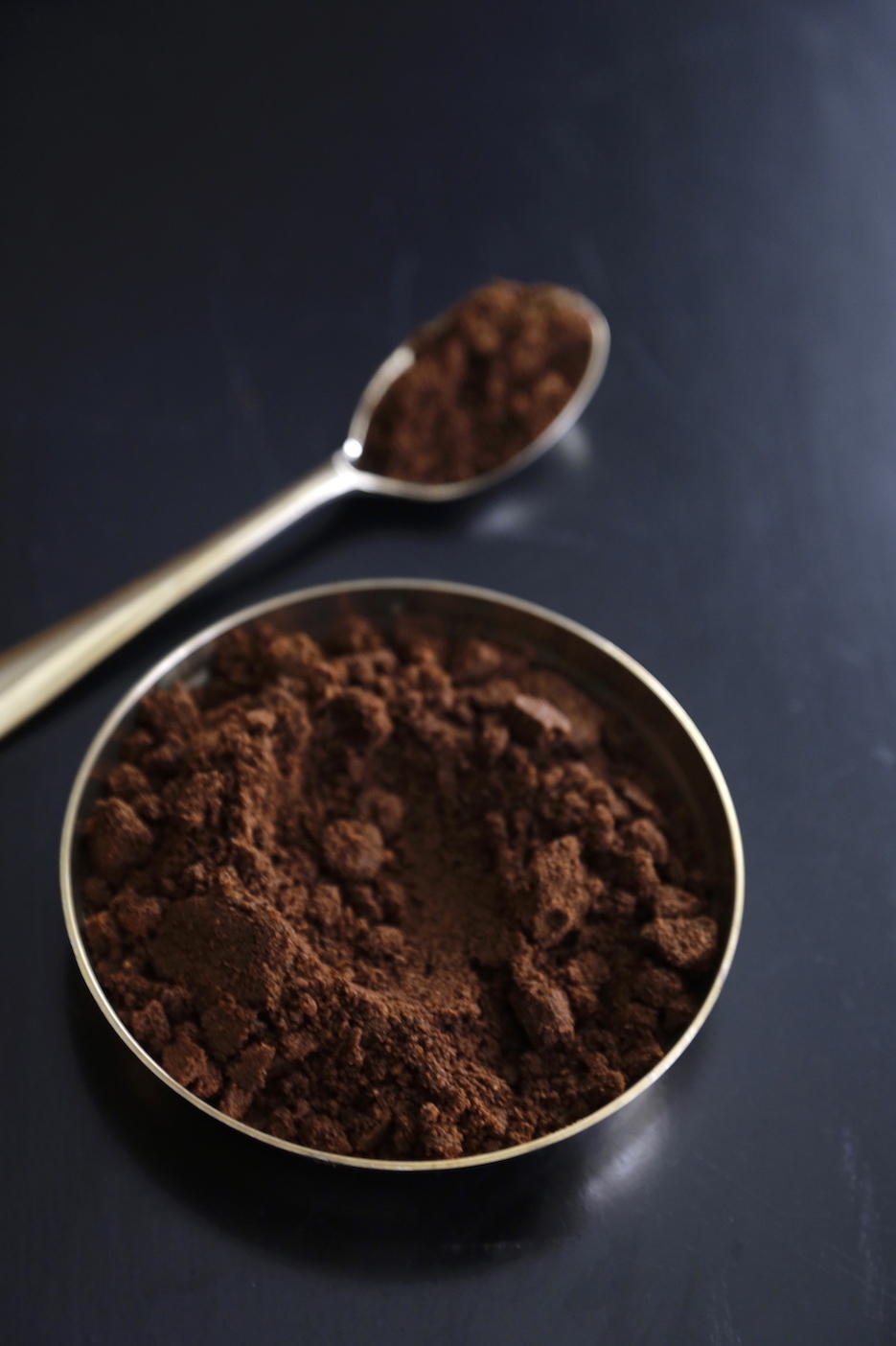
Khandeshi masala is a variant of the Puneri Goda Masala (find recipe here http://www.taradeshpande.in/gode-or-kaala-masala/ and has Mughal influences in that it uses khus-khus, green cardamom and nutmeg. It also contains sunth (dried,powdered ginger) and turmeric. Unlike Goda it doesn’t imply sesame seeds. But all kala masalas have dagadphool and dried lichen flower in common. This ingredient is a must for this recipe.
Khandesh is a central Indian district in Maharashtra and shares a border with Madhya Pradesh. It has a very rich culinary history as it was first ruled by Rajputs, followed by 4 centuries of rule by the Delhi Sultanate and the Mughals. This was followed by Maratha annexation and finally British Rule. Khandesh since has been divided into 3 districts in Maharashtra state. Khandesh’s Khada masala is another famous spice mix also known as Maharashtra’s garam masala.
Khandeshi masala is used to make chicken and mutton curries. It is also used to cook various sautéed vegetables.
Makes 3 cups
WHOLE SPICES AND SEEDS
- 30 gms white Poppy Seeds /Khus Khus
- 10 gms stone flower or Dagad Phool or lichen flower
- 15 gms Cumin Seeds/Jeera
- 150 gms Coriander seeds (stalks and fibers removed)
- 12 Dried Red Bedgi or Kashmiri Chillies, stalks and seeds removed
- 20 gms whole Black Peppercorns
- 15 gms Cinnamon, broken into pieces
- 15 gms whole Cloves
- 1/2 piece of a whole Black Cardamom or Badi Eliachi
- 15 gms Shahi Jeera or black cumin
- 15 gms Fennel Seeds or saunf
- 1 dried bay leaf, Tamal part or Tej Patta (stalk removed)
- 3 gms Mace or Javitri
- POWDERED INGREDIENTS
- 15 gms Asafoetida or Hing]
- 50 gms whole Turmeric chopped or use 2 tsp’s powdered turmeric
- 1/4 piece of 1 Nutmeg or Jaiphal, powdered
- 15 gms powdered and dried Ginger or Sunth
- 250 gms desiccated coconut (unsweetened)
- FOR COOKING AND SEASONING
- Approx 7-8 teaspoons of vegetable oil
- Salt as desired
process
Step 1
Step 3
Combine all the ingredients in the bowl using a large spoon and return to the cast iron skillet and roast on low heat for 2 minutes. This will evenly distribute the powdered nutmeg, turmeric, asafoetida and ginger and allow the flavours to meld. Keep the heat low so as not to burn the turmeric and dried ginger. Switch off the flame. Stir for another minute so heat dissipates then transfer back to heat proof bowl.
Cool this mixture completely then grind in batches to a smooth fibre less consistency. This process will take 12-15 minutes or longer. Once you have ground all the batches mix them up and grind again to ensure that all ingredients are evenly mixed. You will have a dark brown, clumpy, thick, even sticky masala depending on how much oil was released by the Add salt to taste. Some cooks do not add salt- this way they can add salt to every dish they use this spice mix in separately.

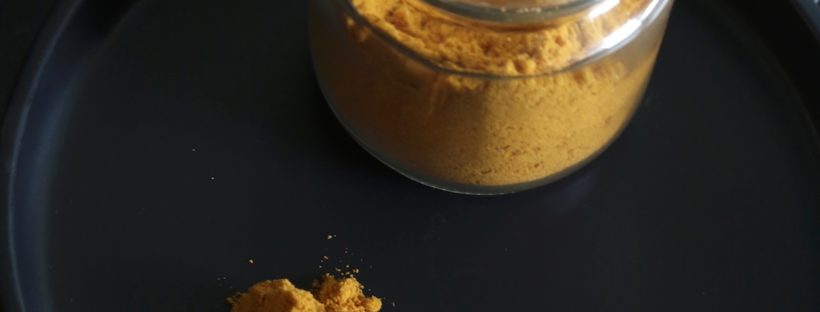
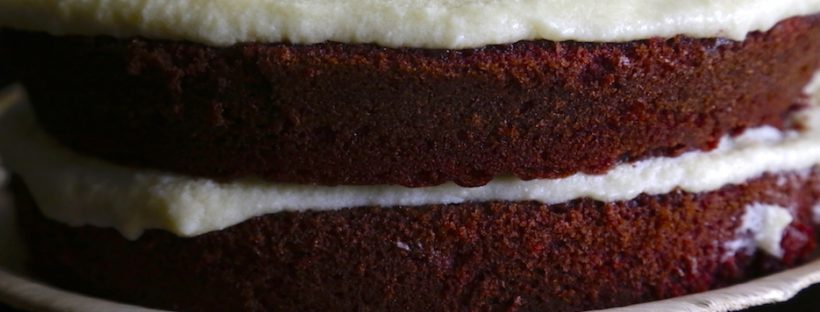
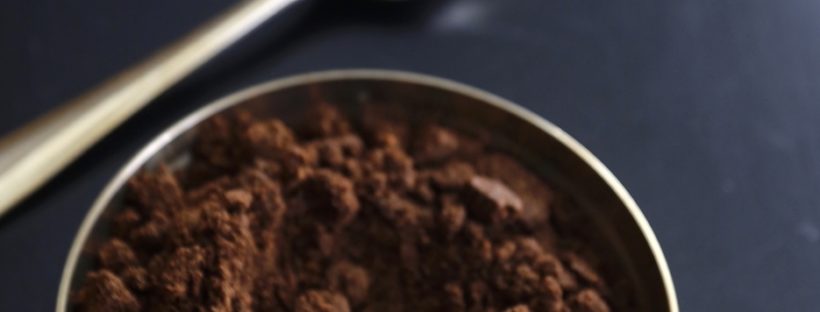
You must be logged in to post a comment.